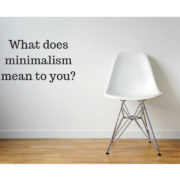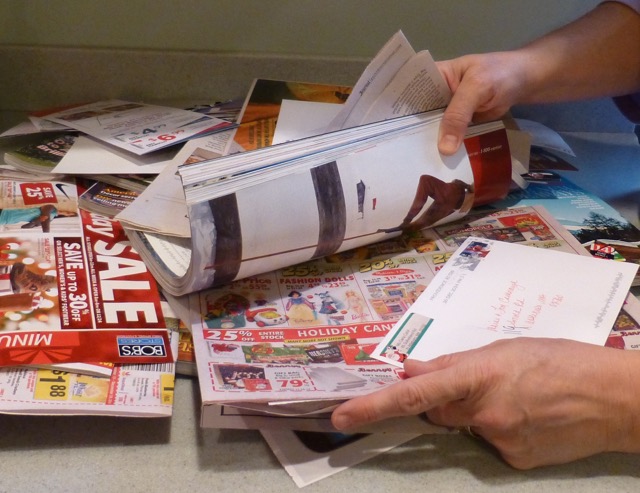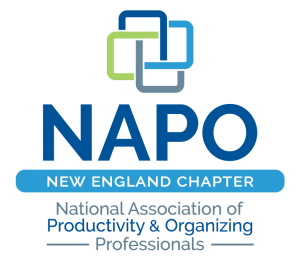No One Needs a Lifetime Supply of Anything!
 When I heard this phrase, “No one needs a lifetime supply of anything!” I laughed. I understand that the phrase is an exaggeration, but it is also true. Excessive shopping and stockpiling can create real issues. There is value in having a well stocked pantry, and it’s important to be prepared for emergencies, but when do we have enough? We are constantly being encouraged to buy, and the message that more is better is pushed on us. It is often difficult to know when we have enough and when we have too much.
When I heard this phrase, “No one needs a lifetime supply of anything!” I laughed. I understand that the phrase is an exaggeration, but it is also true. Excessive shopping and stockpiling can create real issues. There is value in having a well stocked pantry, and it’s important to be prepared for emergencies, but when do we have enough? We are constantly being encouraged to buy, and the message that more is better is pushed on us. It is often difficult to know when we have enough and when we have too much.
When I asked a group of business women the question, “What does more stuff equal?” I was thinking they would answer that more stuff equals more to organize and maintain, but the resounding answer was, “More Stress!” These women clearly understood that more is not always better, but do they live that way? The average American household has 300,000 things in it. How many of those things get used regularly or frequently? How much time is wasted taking care of all the things we own?
I’d like to propose an experiment. In order to become more mindful consumers, establish a self imposed shopping ban for one month. Buy only essentials, such as food, medications, and toiletries for a month. Purchase what is needed, but no surplus, excess, or impulse buys. If you’re up for a tougher challenge, extend your shopping ban to include take-out food and eating out for the month. Notice what happens. How does it feel? Is it difficult or easy to shop less and spend less? Please share your experience with me.
My husband and I imposed the tough shopping ban for one month and found that shopping less was fairly easy, but we are lazy cooks. When we’re tired or our pantry is bare, we succumb to the temptation to eat out or get take out. We decided to work on this. We are trying new recipes, experimenting with new food and ingredients, and visiting the grocery store more often. We’re still working on this, but I’m happy with our progress so far.
Here are some additional ideas on how we can become more mindful consumers.
- Buy multi-use and multi-purpose items. Examples: all purpose cleaners, multi-season jacket, furniture that serves a dual purpose.
- Value quality over quantity to prevent the need for frequent replacement. (Example: better quality clothing, furniture, footwear, kitchen items)
- Be a “cart” user when shopping on-line. Put items in cart and let them sit for a minimum of 2 weeks and then reevaluate before purchasing.
- Be resourceful and use what we have. (Example: Use something completely to prevent waste. Eat left overs. Re-purpose items.)
- Use up items from the pantry or fridge to show one empty shelf before replenishing.
- Experiment with the power of ONE – Only one of each item and only one product open at a time. No back up items or duplicates.
- Practice 1 in 1 out guideline.
- Use gatekeeper questions.
- Establish shopping guidelines.
©December 2018 Janine Cavanaugh, Certified Professional Organizer® All Rights Reserved



 Janine Cavanaugh, CPO
Janine Cavanaugh, CPO







Leave a Reply
Want to join the discussion?Feel free to contribute!